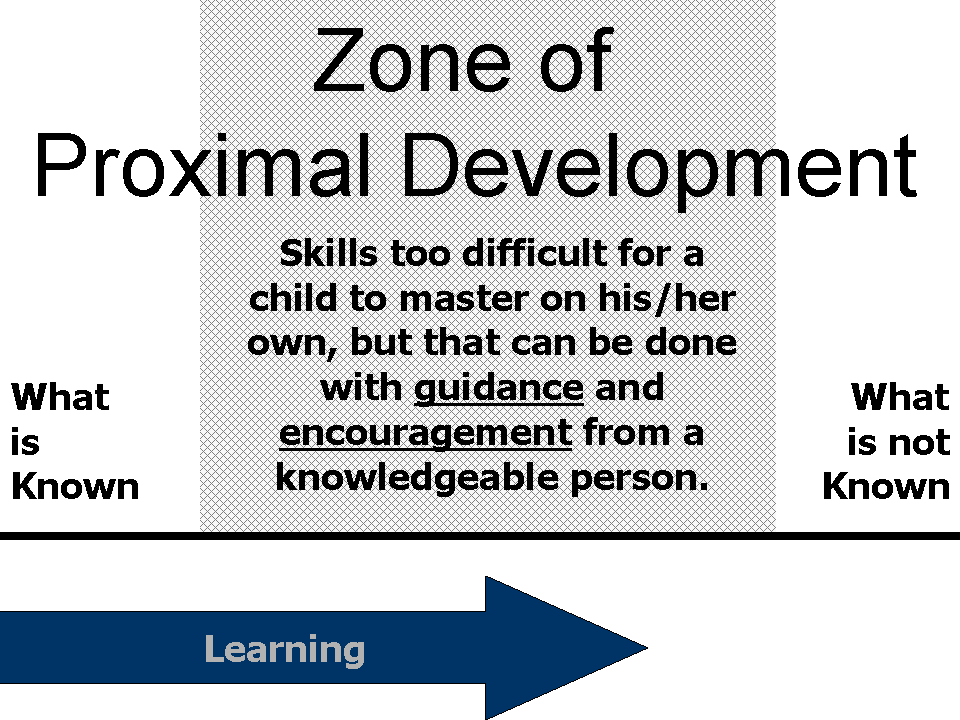At TDSU we think the best way to support your child’s acquisition of new skills is to scaffold them as they learn. Scaffolded instruction, at its core, is about meeting your child where they are developmentally.
What does it mean to scaffold your tween’s learning?
Scaffolded instruction is a way of teaching a new skill or concept. The goal is to gradually reduce instruction and assistance as the child learns.
When you scaffold learning, you figure out the difference between what your tween can do without help and what they can achieve with guidance and encouragement. You want to target those skills that your tween is close to mastering (also known as the Zone of Proximal Development).
For example, if your tween is demonstrating an increased ability to view things from the perspective of others, they are getting close to being able to master how to think critically about their online behaviors and interactions and why this matters.
Using the example above, the targeted skill in the Zone of Proximal Development would be Pausing Before Posting.

-Dr. Sal McLeod, updated 2019, Simply Psychology, https://www.simplypsychology.org/Zone-of-Proximal-Development.html
How do you scaffold your tween’s learning?
First, make sure your tween is on board! They should be in agreement that the concept or skill you believe they are ready to learn is worthwhile. This will increase their willingness to partner with you.
Once you have aligned the learning goal with your tween’s age, developmental stage, demonstrated capacities, and areas for growth, you want to break learning down into discrete, understandable, and realistically achievable steps.
Be certain that you and your tween are clear about the expectations for learning, for example that mistakes are expected and useful because they point to areas that require more attention. In addition, as your tween demonstrates mastery and indicates an interest in moving forward, incrementally increase their independence or level of challenge.
c
Don’t just follow your kids online. Lead them.